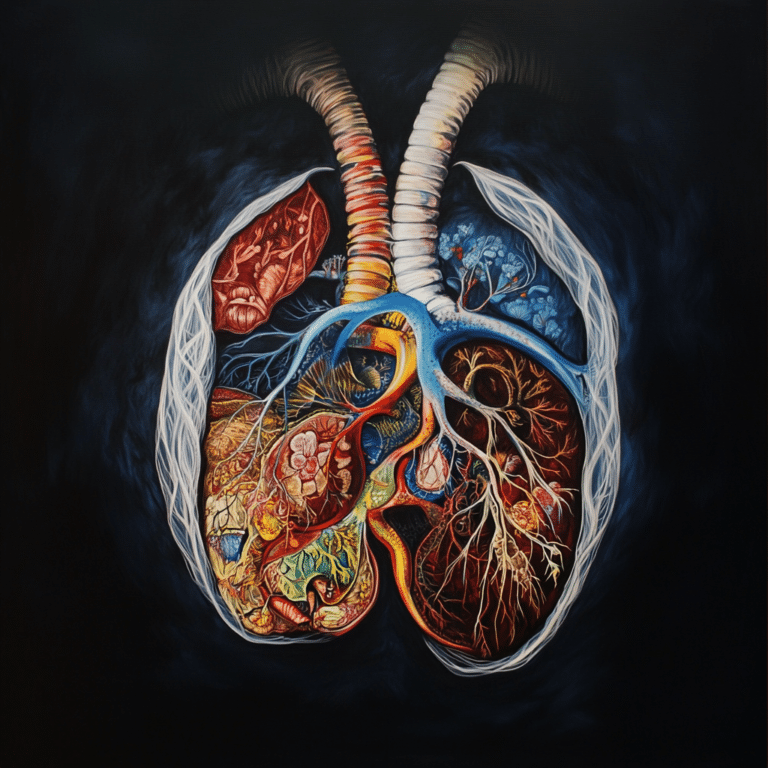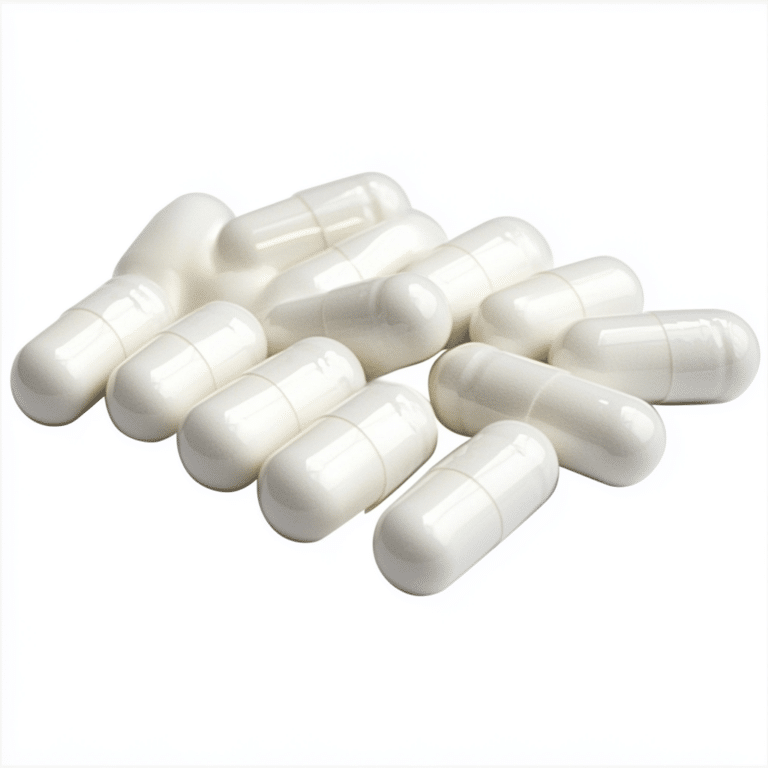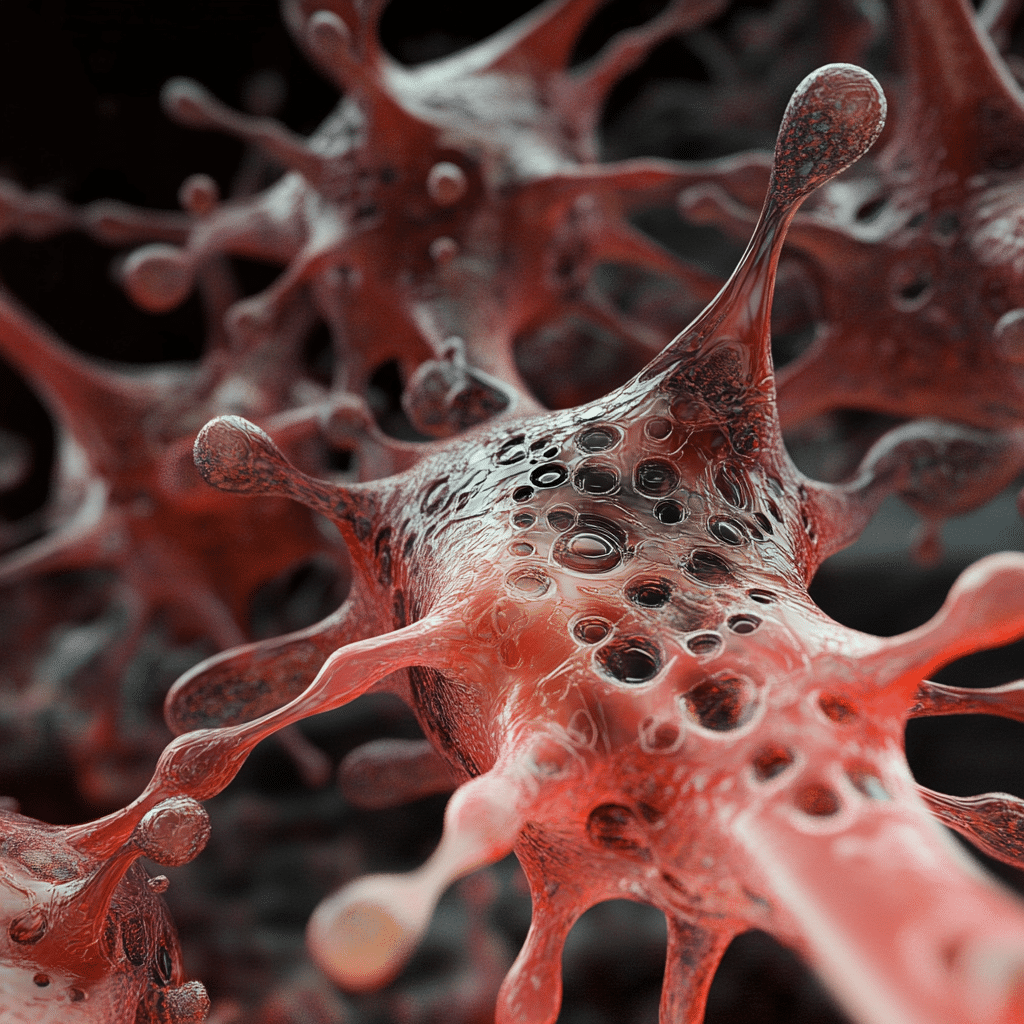If you’re looking to get shredded, gain tons of muscle, and live your healthiest life, it’s vital to have a solid understanding of your body. One serious condition that deserves your attention is disseminated intravascular coagulation (DIC). This condition involves a major malfunction in your body’s blood clotting process and can be life-threatening if not caught and treated promptly. You want to keep your body in check, and knowledge is power. In this article, we’re breaking down everything you need to know about DIC, so let’s get into it!

What is Disseminated Intravascular Coagulation?
Disseminated intravascular coagulation is when your body’s coagulation system gets triggered inappropriately, leading to massive blood clot formation all over the body. While your body needs this clotting to stop bleeding after an injury, in DIC, this process goes awry. Clots form not just where they’re needed but also where they shouldn’t, consuming critical clotting factors and platelets. This leads to a paradox where people can bleed excessively due to a depletion of those very elements needed for clotting.

Etiology of DIC
DIC doesn’t just happen for no reason. It can be caused by several underlying issues, including severe infections like sepsis, traumatic injuries, pregnancy complications, and certain cancers. Take, for example, sepsis triggered by an infection like E. coli. It can set off an inflammatory storm that leads to DIC, complicating recovery. Understanding these triggers helps in early intervention, which is key for a successful outcome.
Symptoms and Diagnostic Criteria
If DIC strikes, it typically doesn’t play games. Patients may show sudden symptoms, including bleeding from mucous membranes, persistent bruising, and even shortness of breath. In some cases, people might experience confusion or changes in mental status. When medical professionals assess a suspected DIC case, they lean heavily on lab tests. These tests usually reveal low platelet counts (thrombocytopenia), prolonged clotting times (PT and aPTT), and elevated fibrin degradation products like D-dimer. Knowing these facts can help you understand what to look for and when to seek medical advice.

The Top 7 Facts About Disseminated Intravascular Coagulation

The Clinical Significance of Disseminated Intravascular Coagulation
Understanding disseminated intravascular coagulation is a game-changer for healthcare professionals. Recognizing the early signs can significantly influence treatment outcomes. You can’t stress enough how crucial education is—especially regarding the links between DIC and conditions like avascular necrosis.
As research continues, we will uncover more about DIC and its management. Improving understanding around the complexities of this condition can help rectify potentially devastating outcomes. So keep on evolving and learning, just like you would in your fitness journey! Every bit of knowledge and every workout brings you closer to your goals, be it shredded abs or optimal health.
Now that you’re armed with the facts about disseminated intravascular coagulation and its potential ramifications, you can navigate your health with greater confidence. Keep your body in top shape, keep educating yourself, and just like building muscle through dedication and hard work, the same applies to your health—stay proactive, and always seek to improve!

Fascinating Facts About Disseminated Intravascular Coagulation
Understanding the Basics
Did you know that disseminated intravascular coagulation (DIC) is often triggered by underlying conditions like infections, trauma, or pregnancy complications? It’s a perplexing disorder where blood starts to clot excessively—resulting in a paradoxical state where the body can end up bleeding. Interestingly, if you’ve ever had to manage health conditions, you might recall the importance of medications; for example, understanding the prednisolone side effects can be crucial for those undergoing treatment for related illnesses.
Symptoms and Indicators
Speaking of symptoms, they can be quite varied with DIC, ranging from easy bruising to severe bleeding. One interesting twist is that patients might present with different signs based on their situation. For instance, acute DIC might manifest quickly, while chronic variants can linger with symptoms that come and go. In a similar vein, just as high monocytes can provide insight into immune responses, specific lab tests can indicate DIC severity and its progression.
Management and Care
Managing disseminated intravascular coagulation often involves treating the underlying cause while carefully monitoring the patient’s clotting status. A proactive approach, such as following a self-care regimen—like that for shingles self care—can bolster recovery. Therapies may vary, but some patients may require blood products to replace lost factors. Just like one might think about the benefits of a well-selected supplement, such as Trader Joe’s protein powder, to support overall wellness, understanding what’s needed for optimal care during DIC is essential.
Whether it’s a simple understanding of the disease or assessing the factors contributing to it, grasping the essentials of disseminated intravascular coagulation can empower individuals. And remember, just as a farmer carry can be a great addition to your workout routine, staying informed is vital!



























